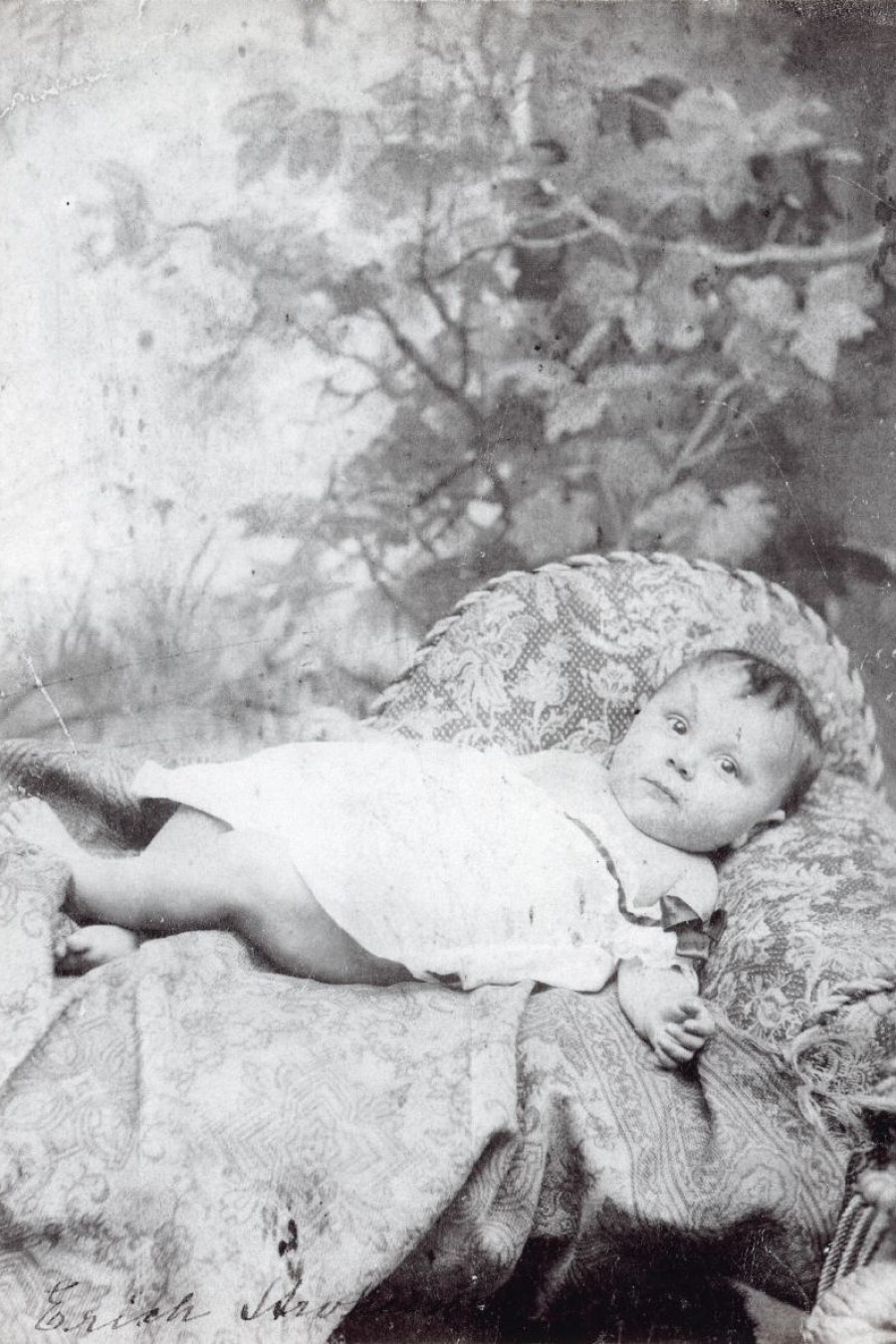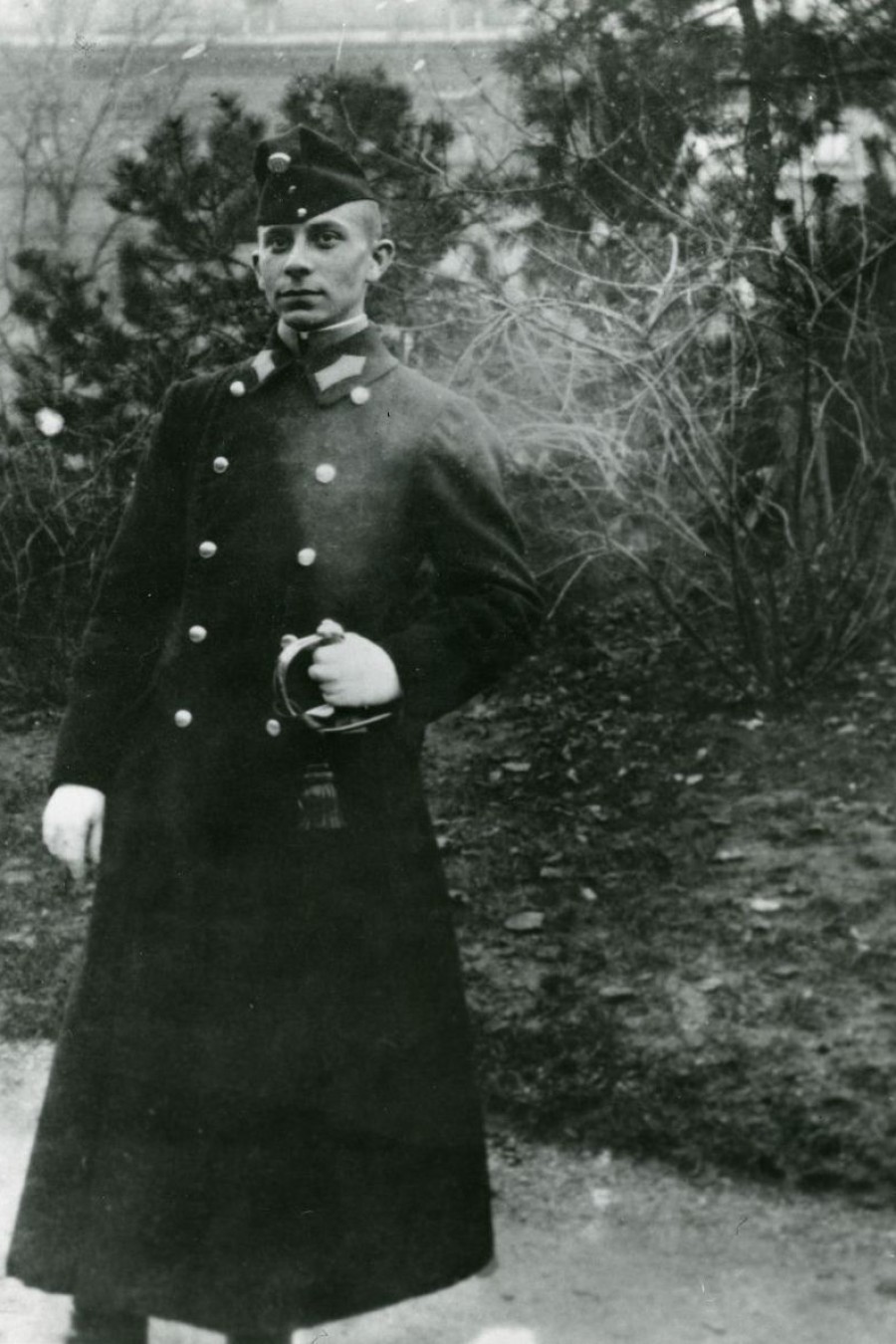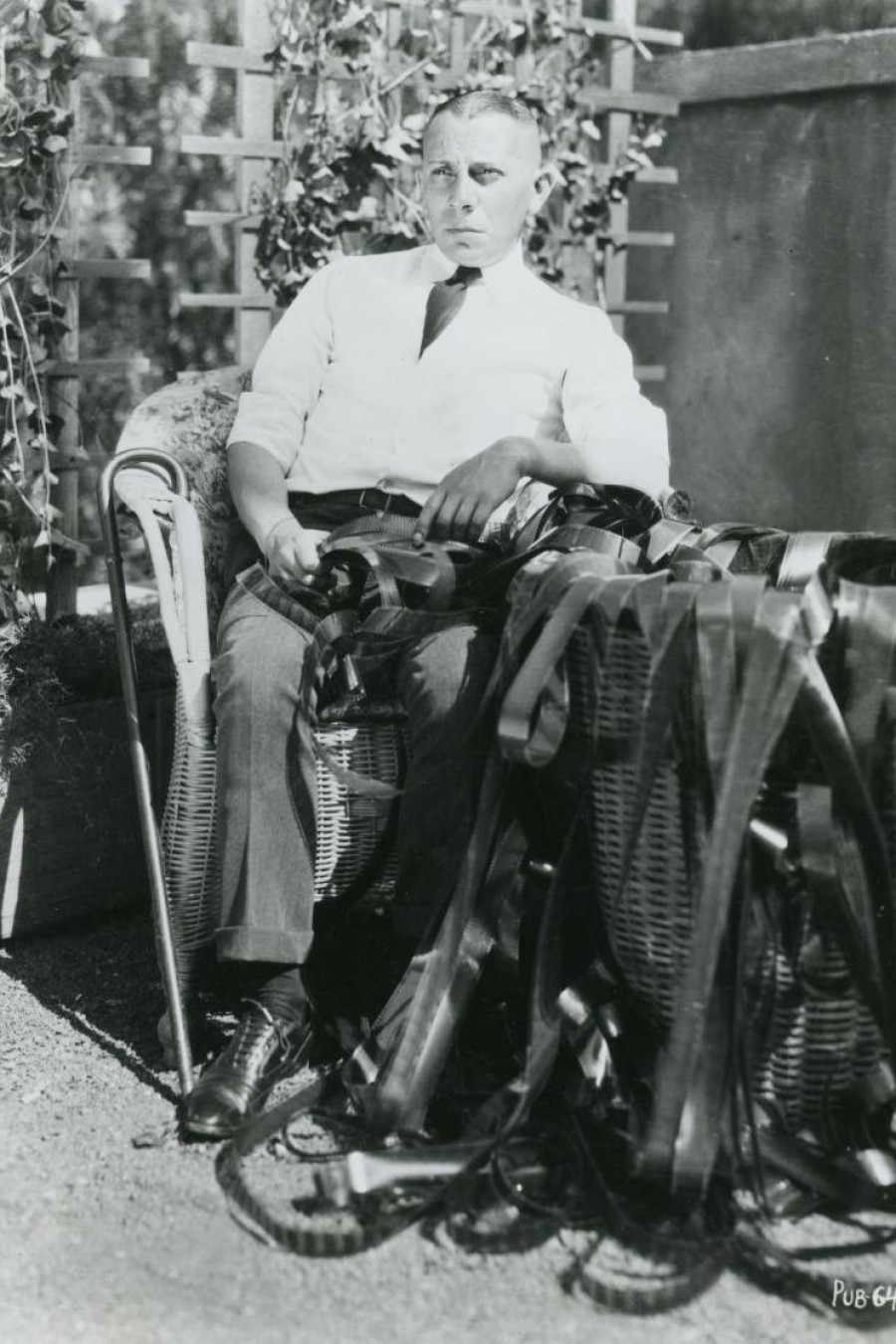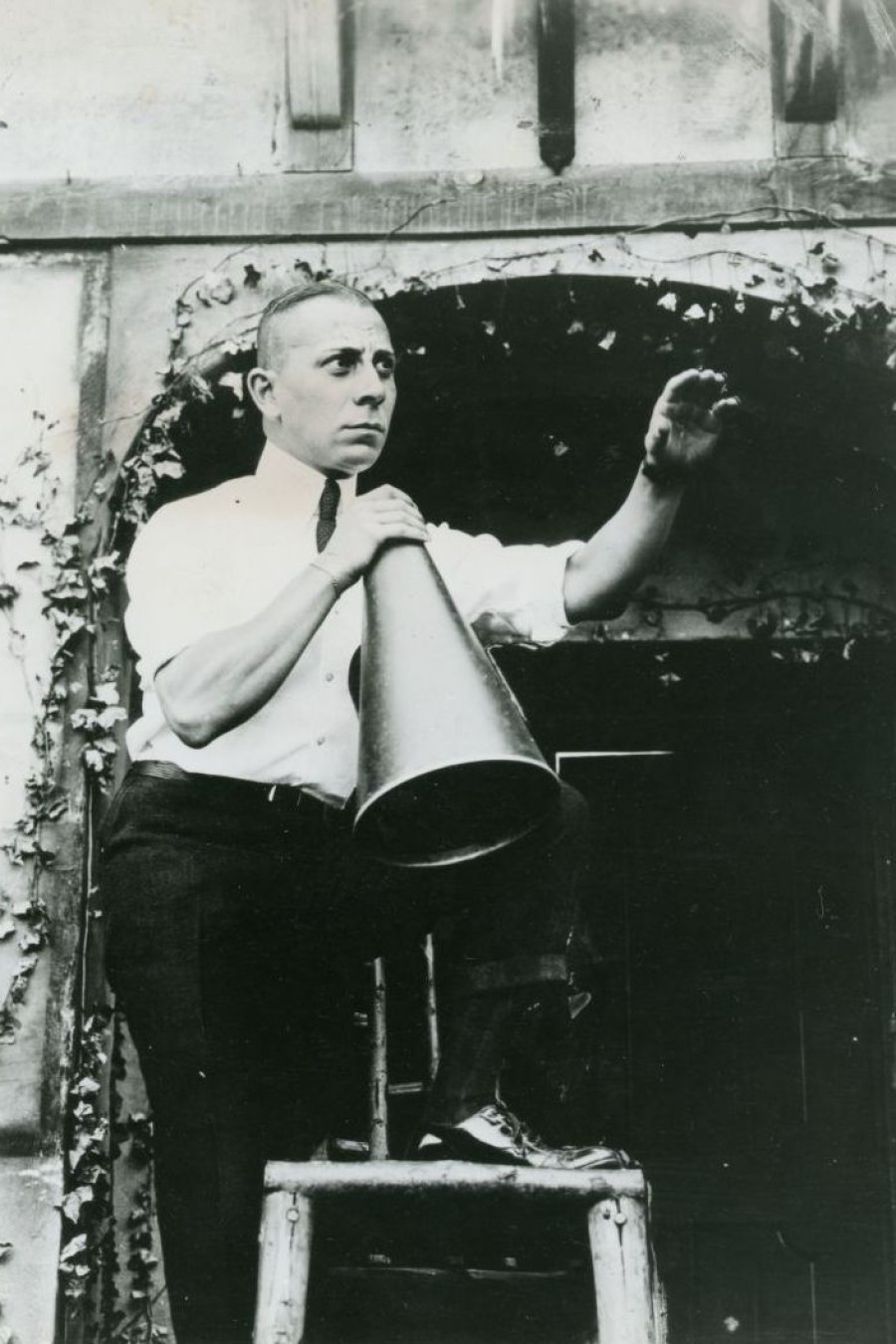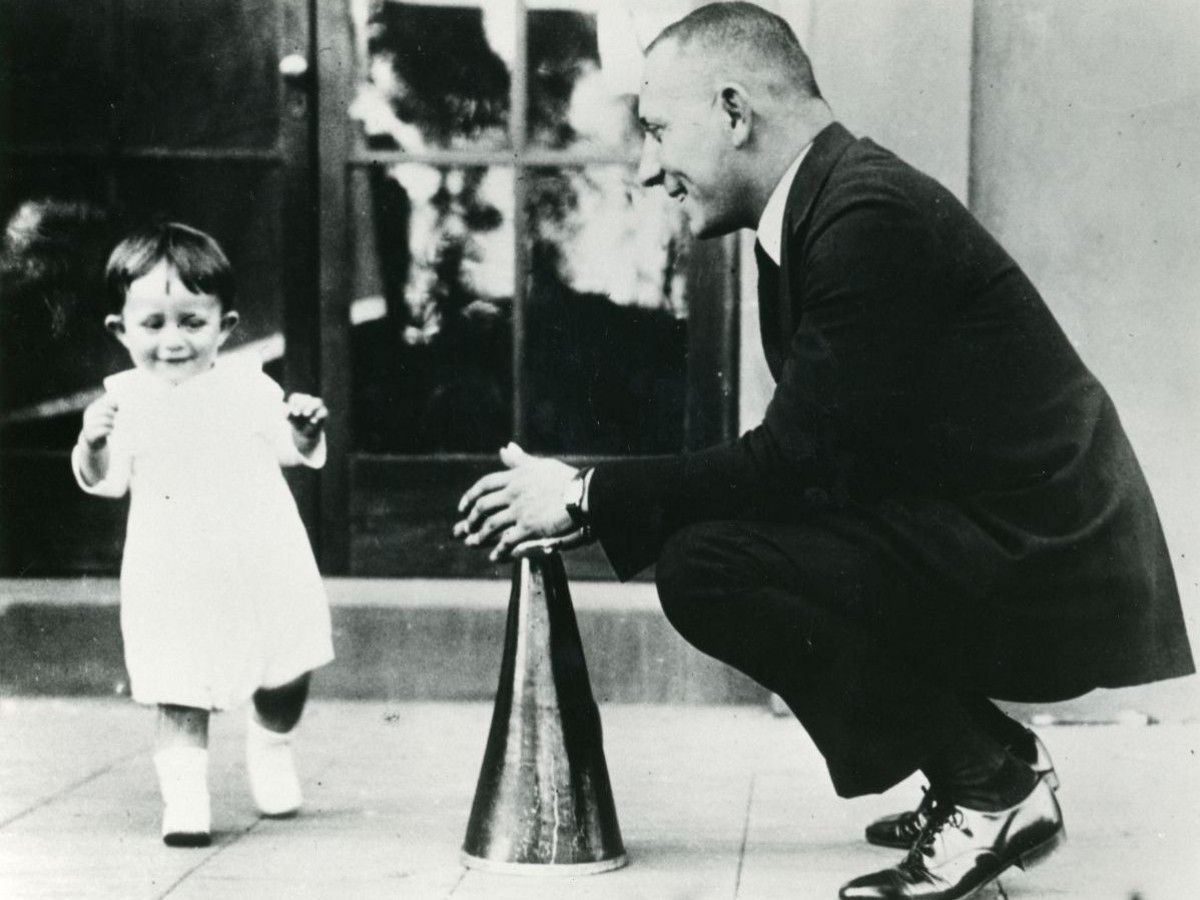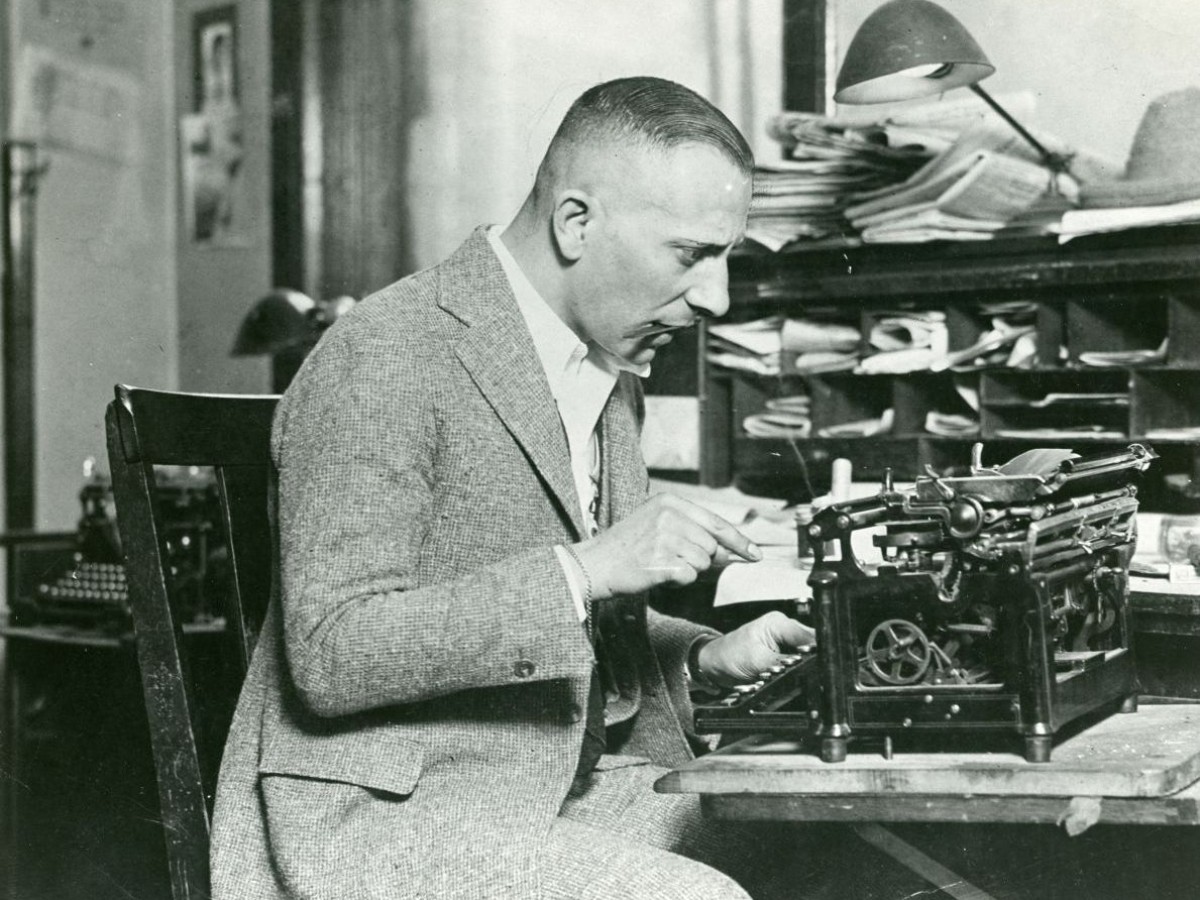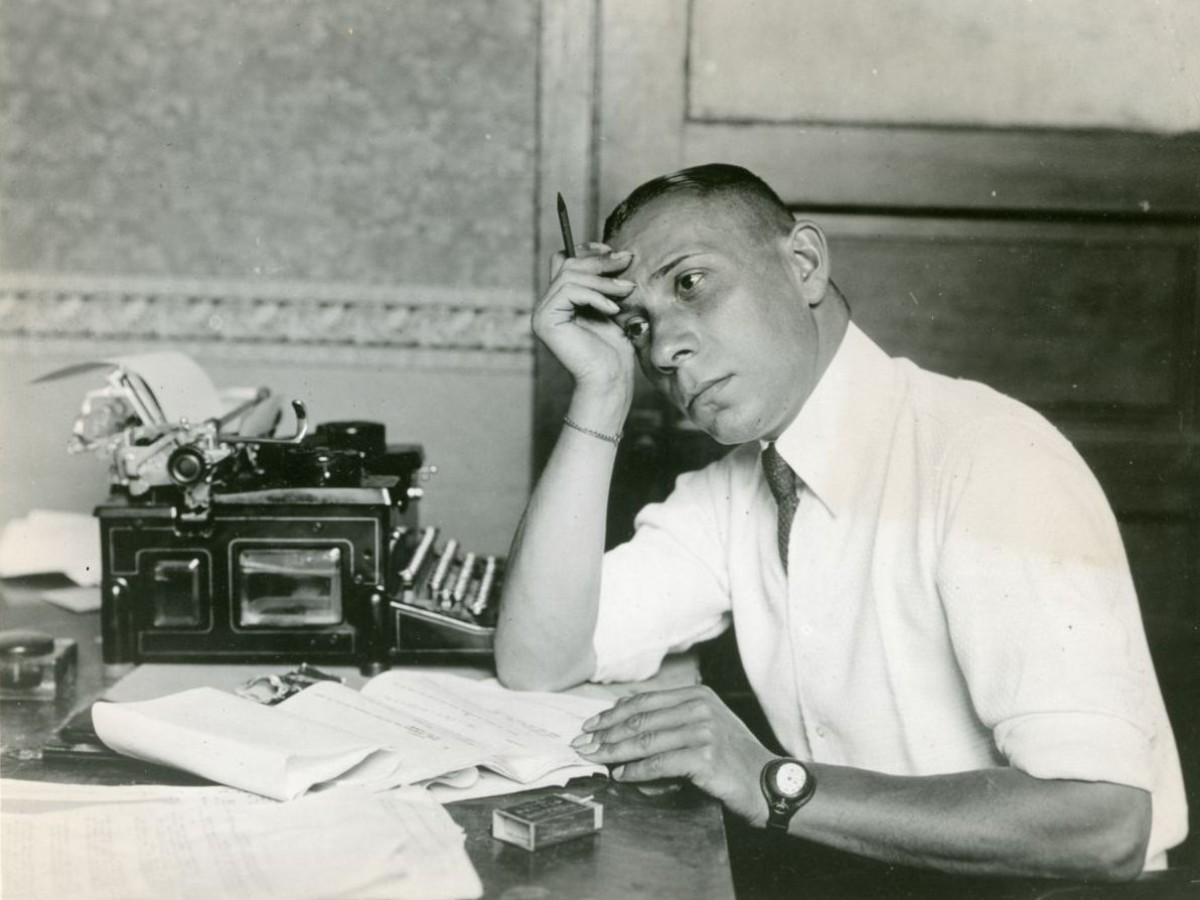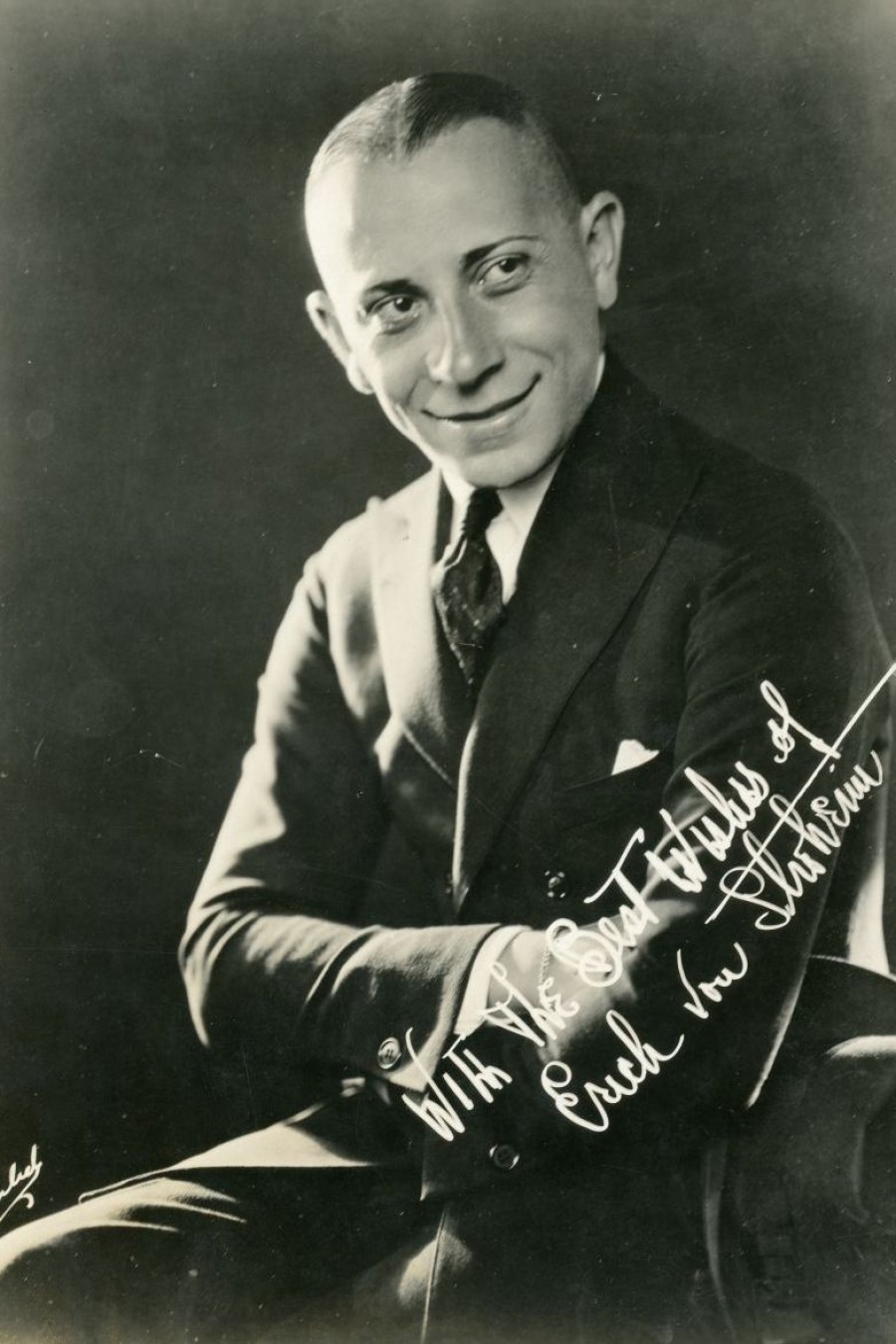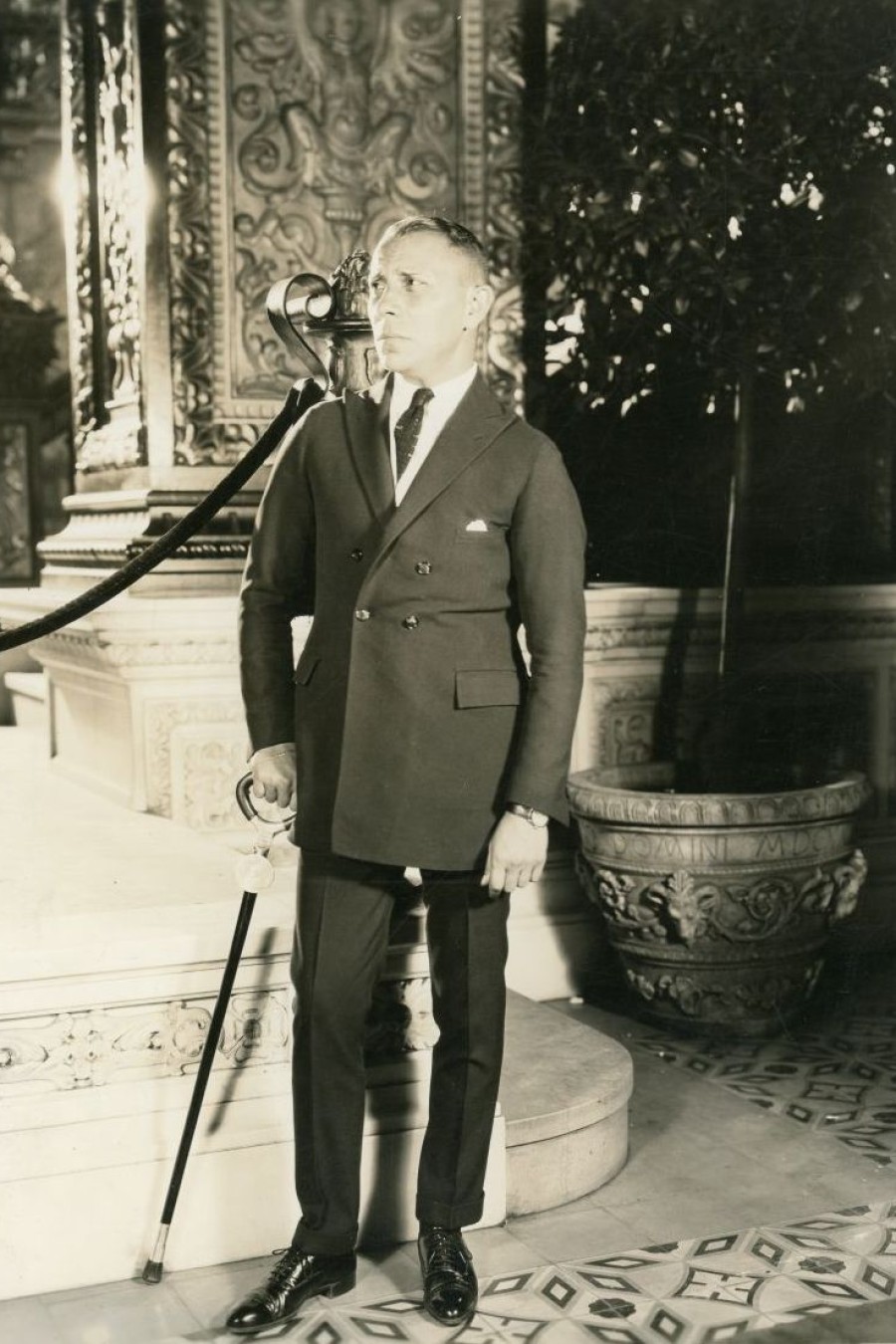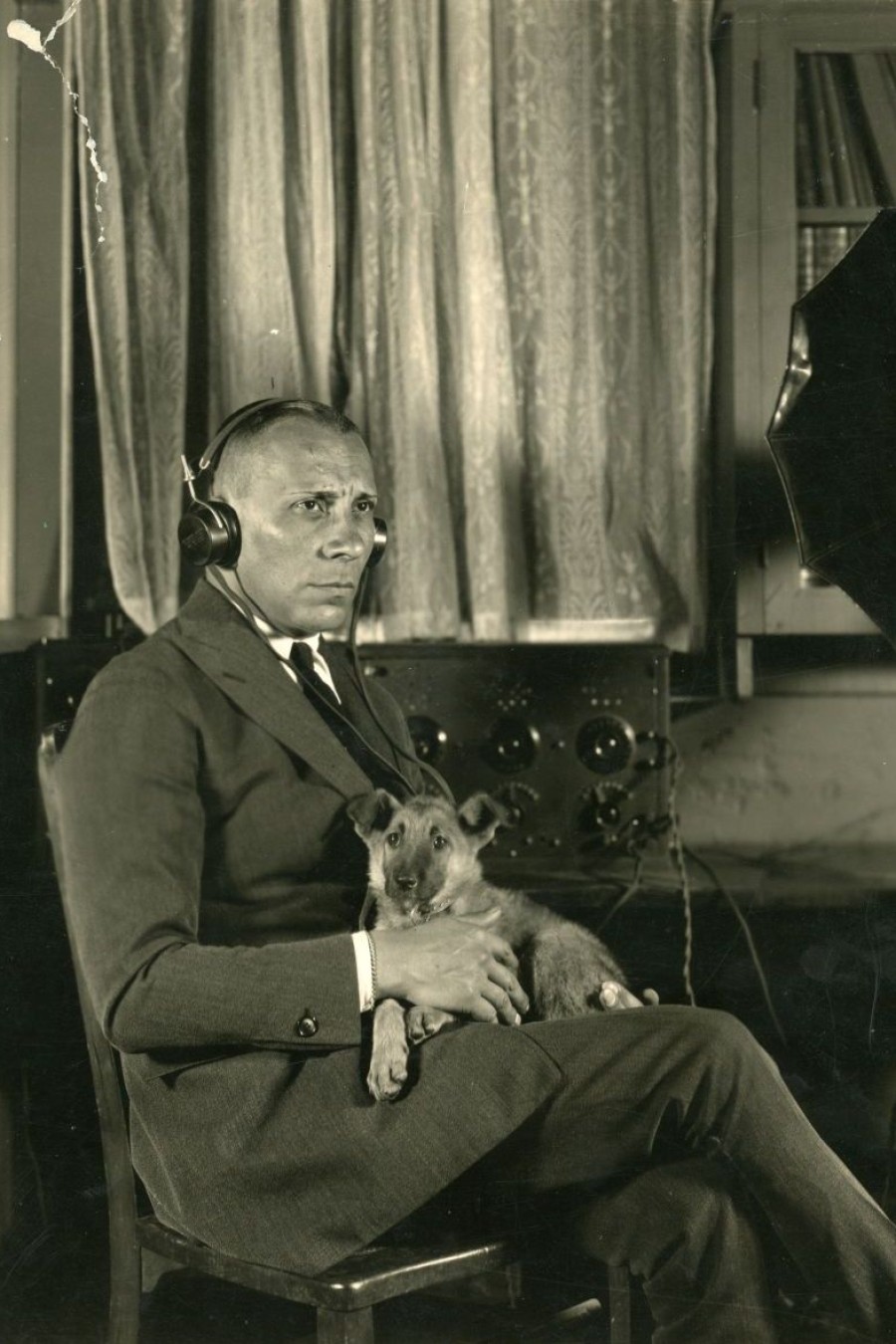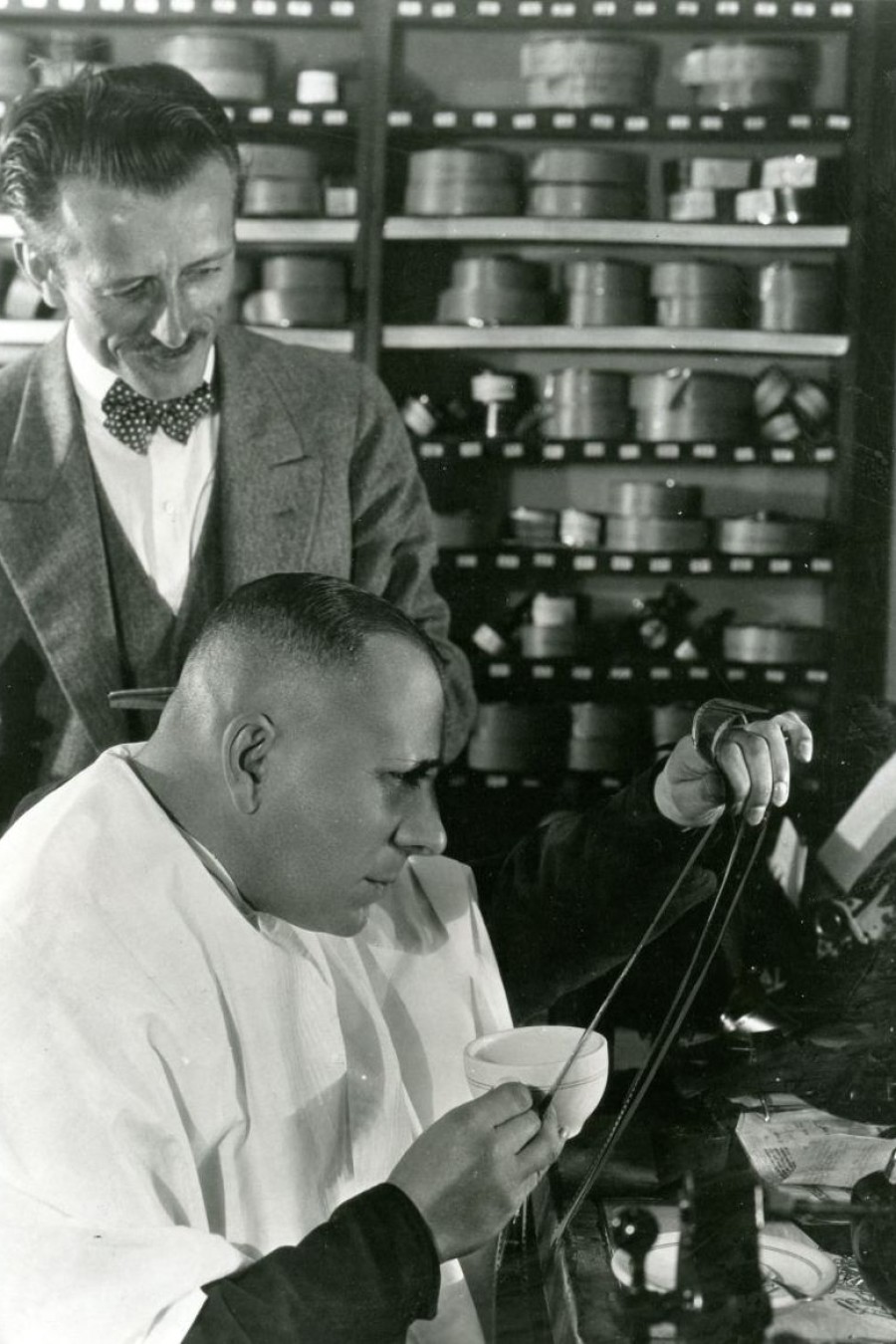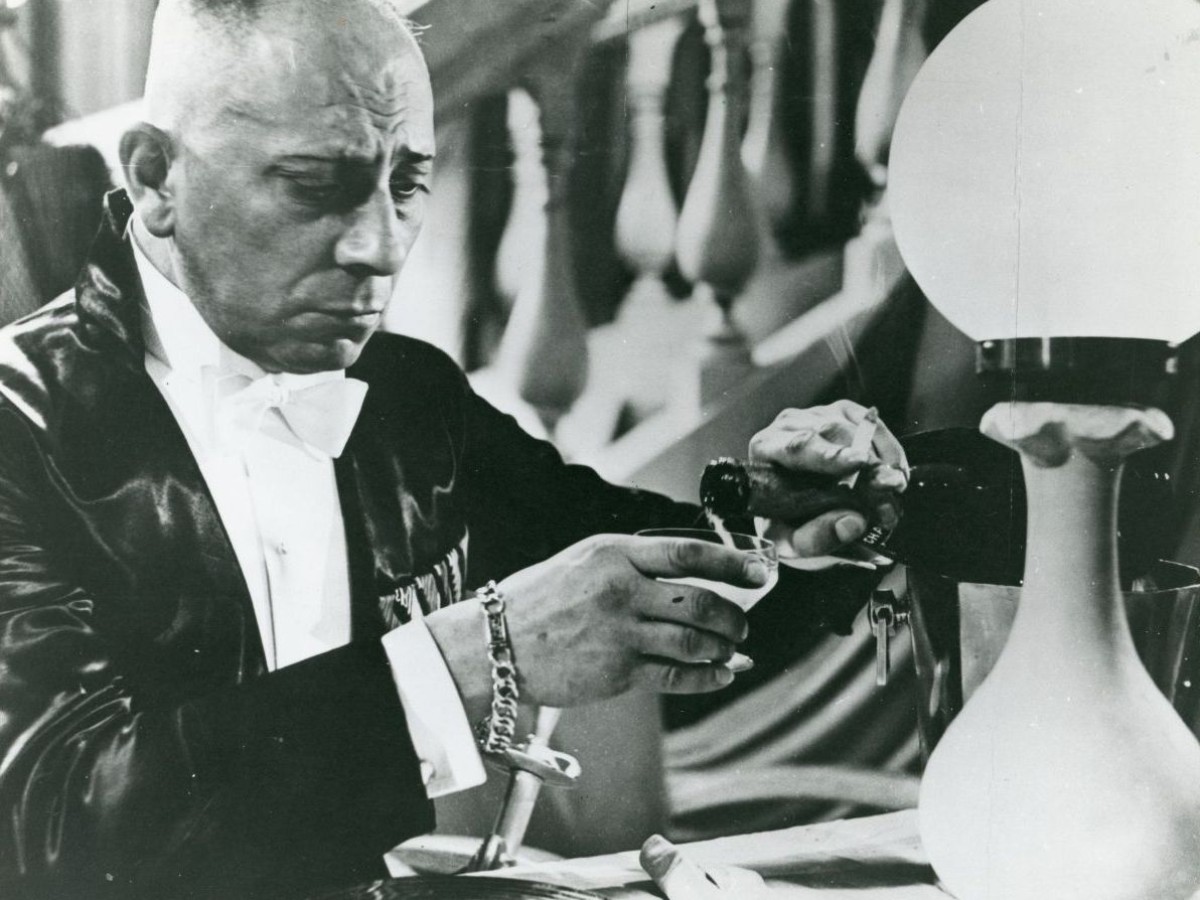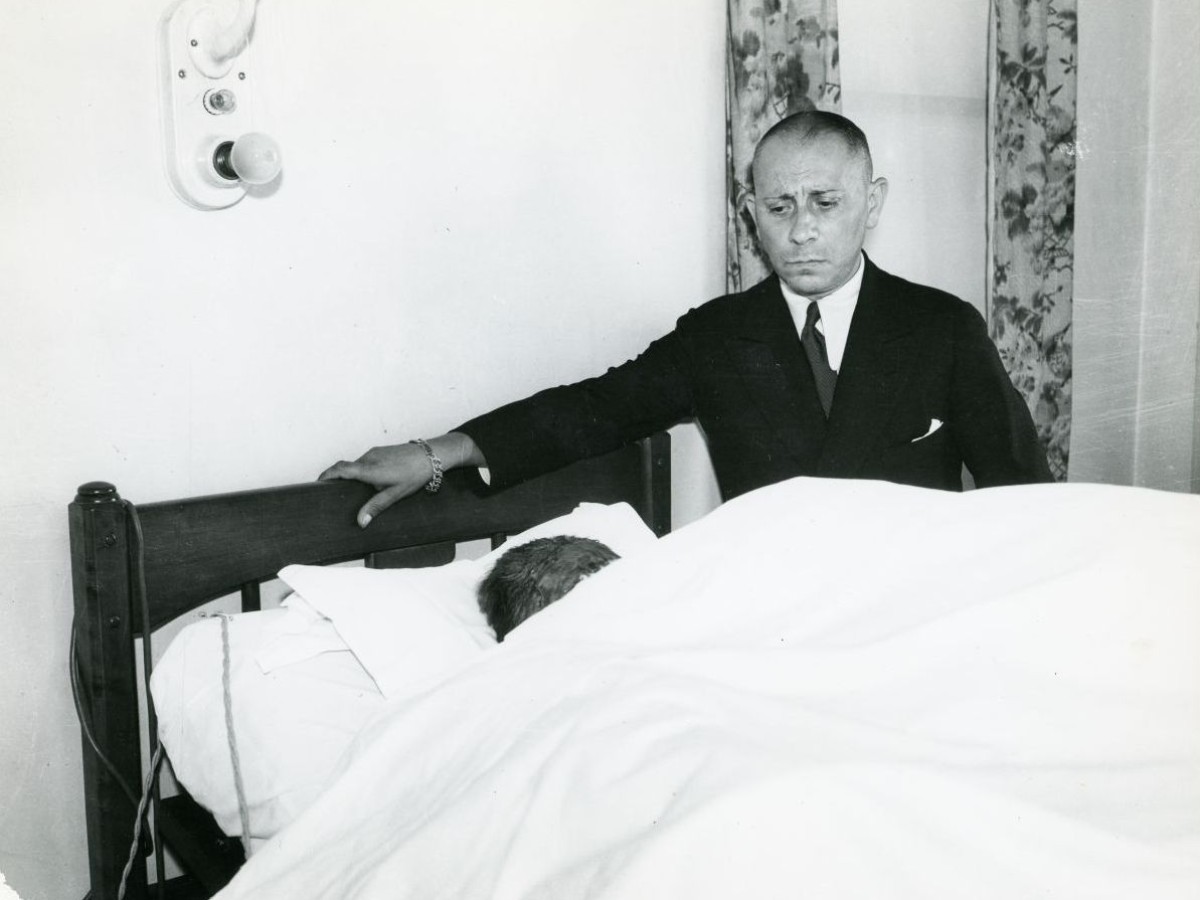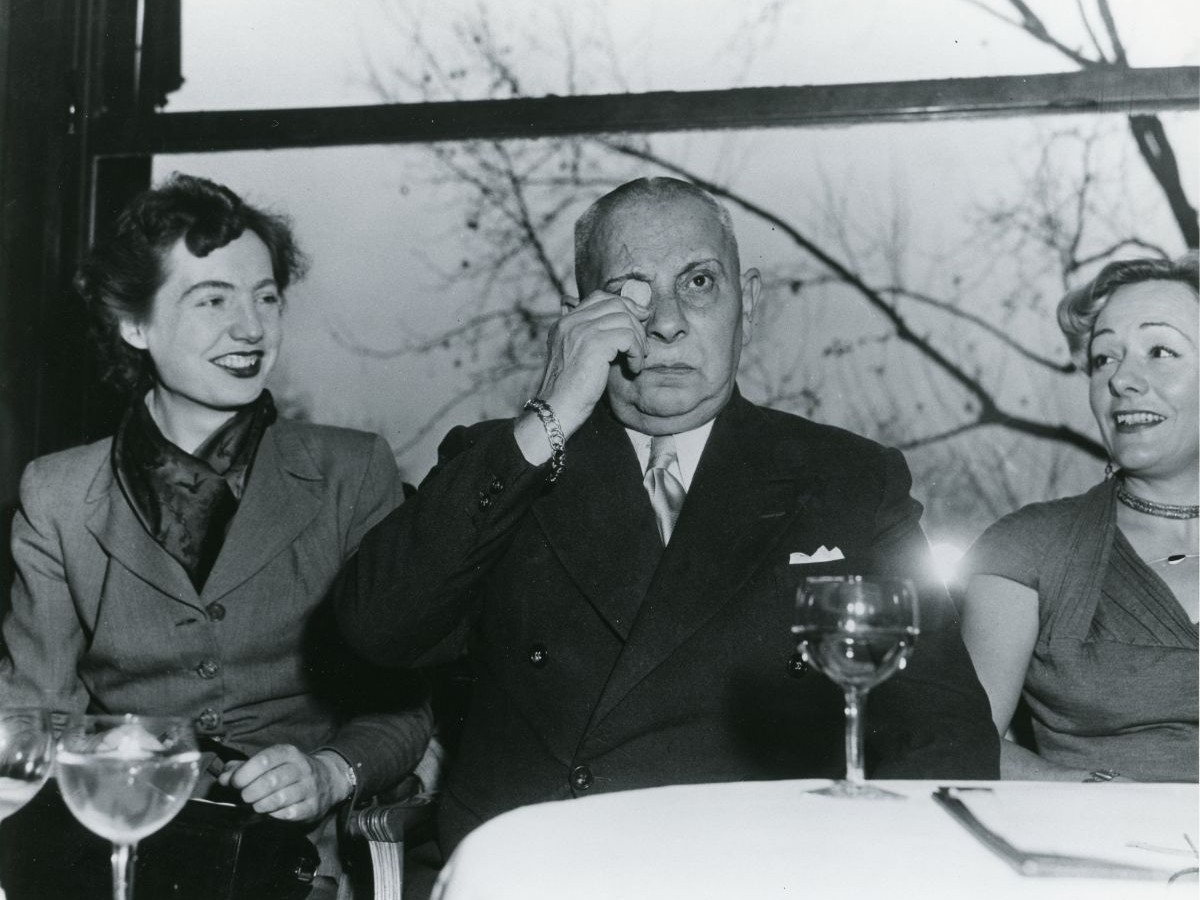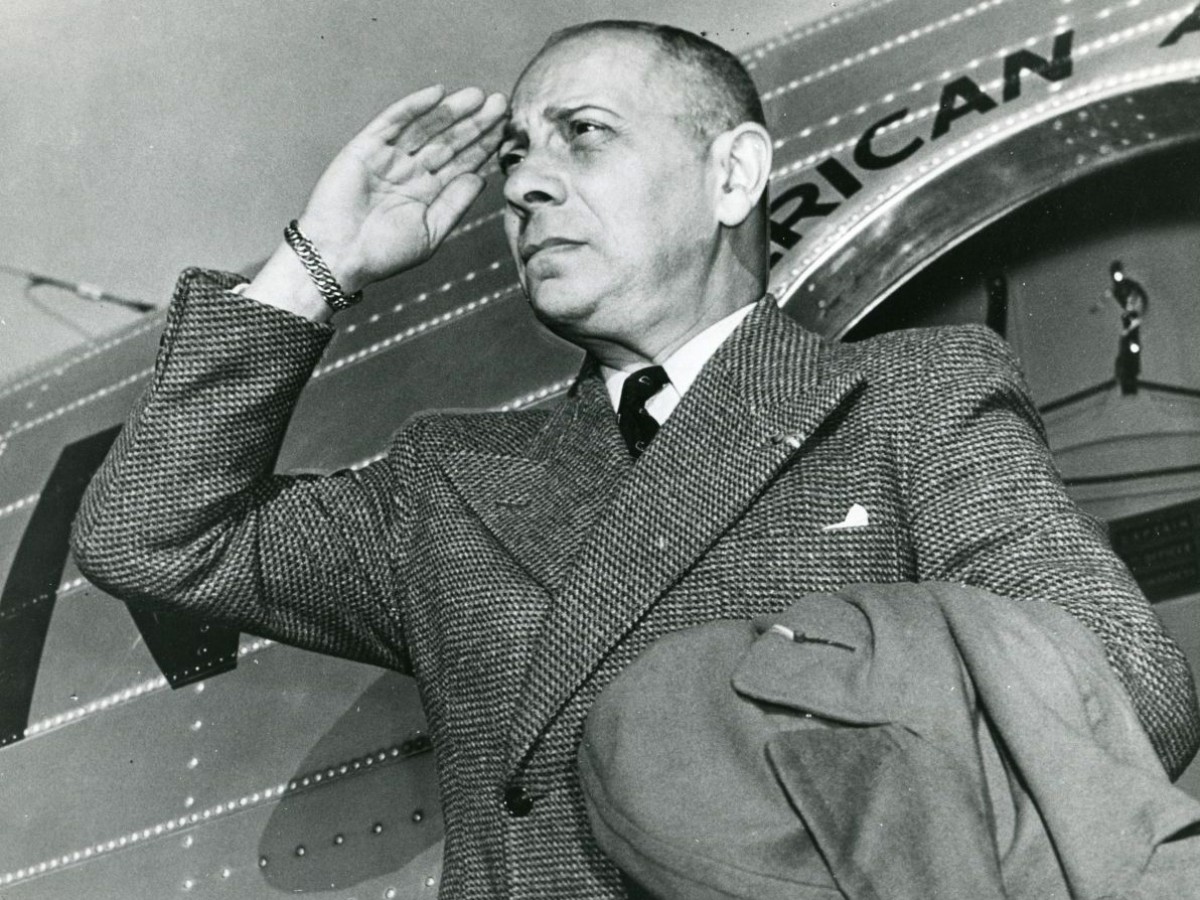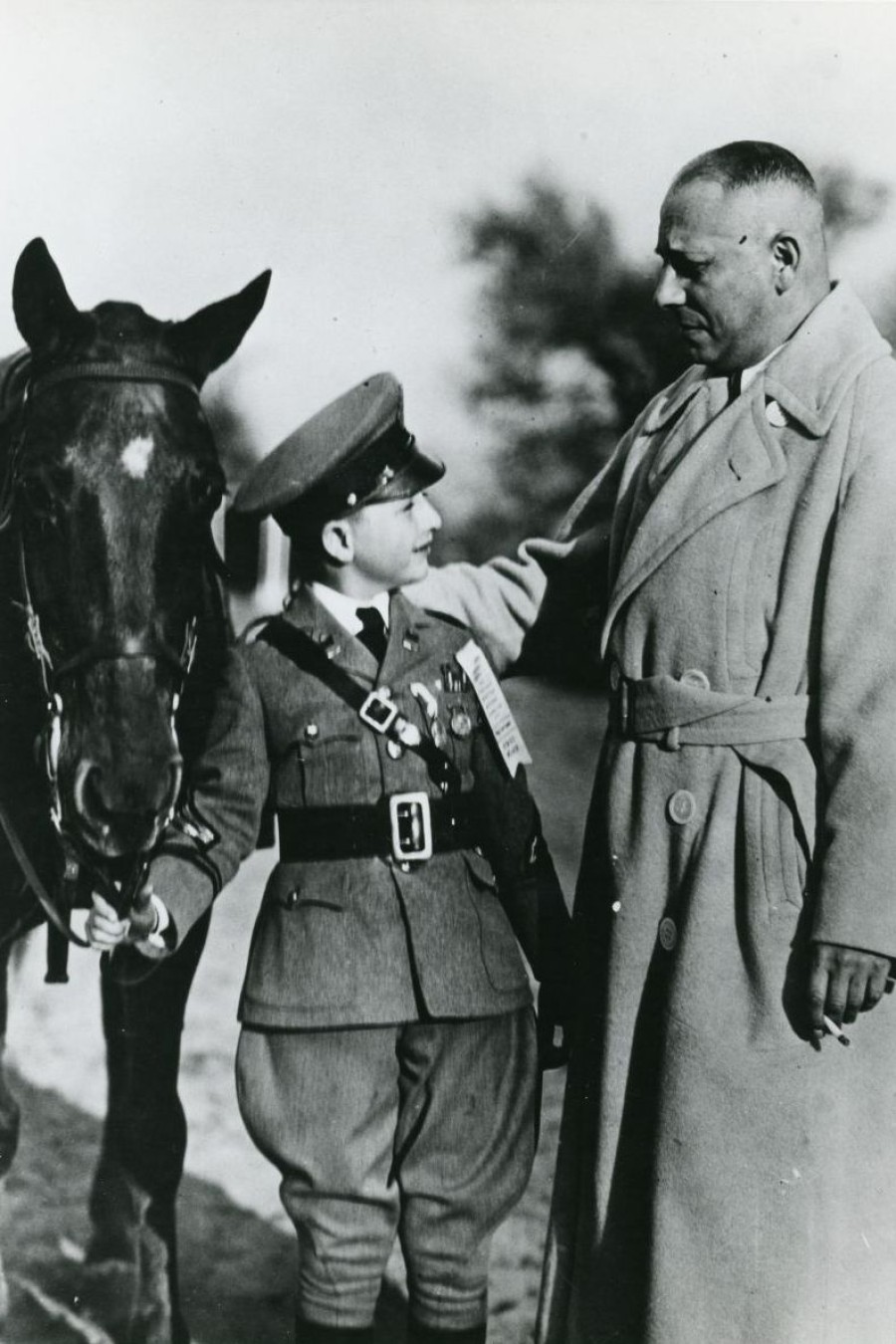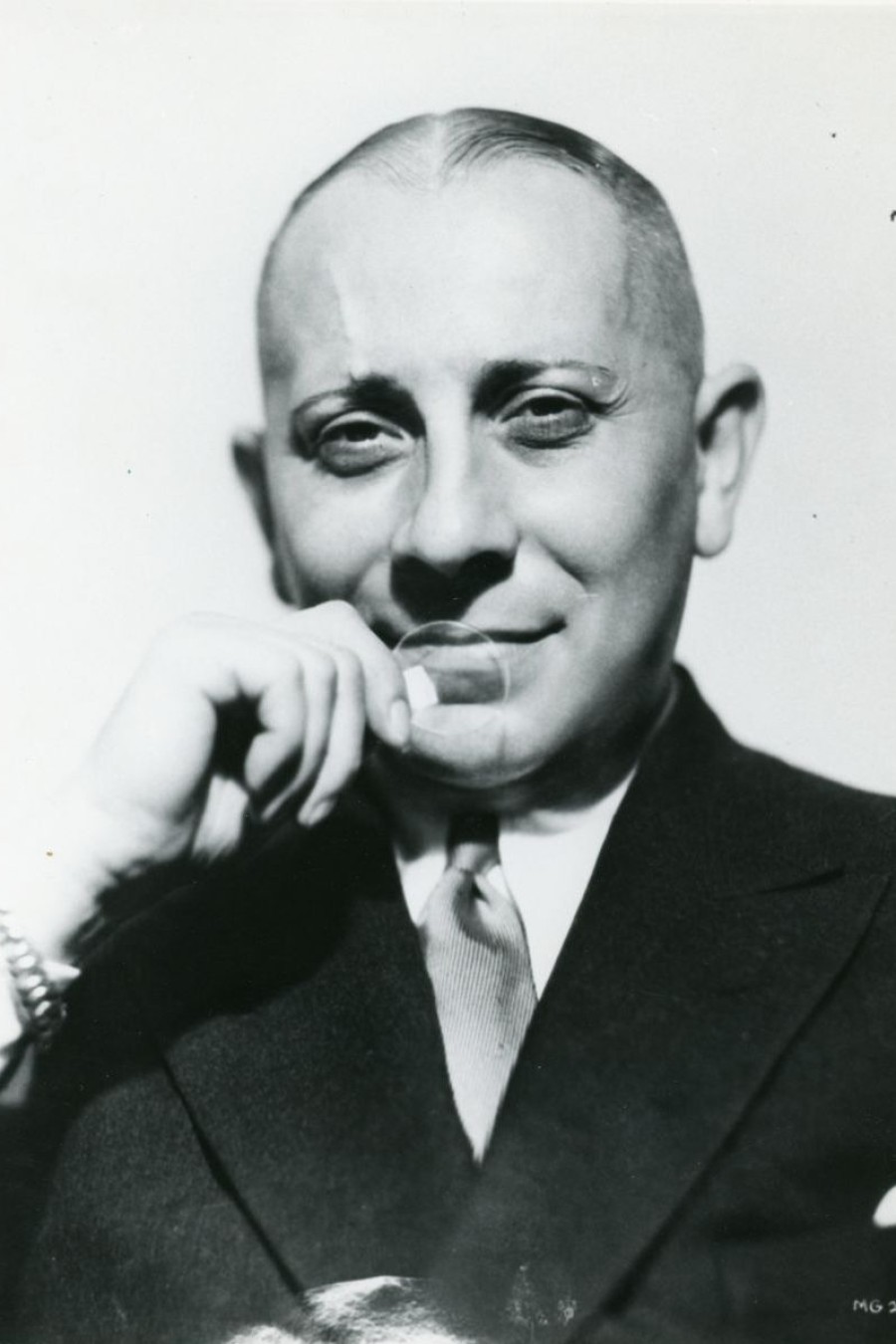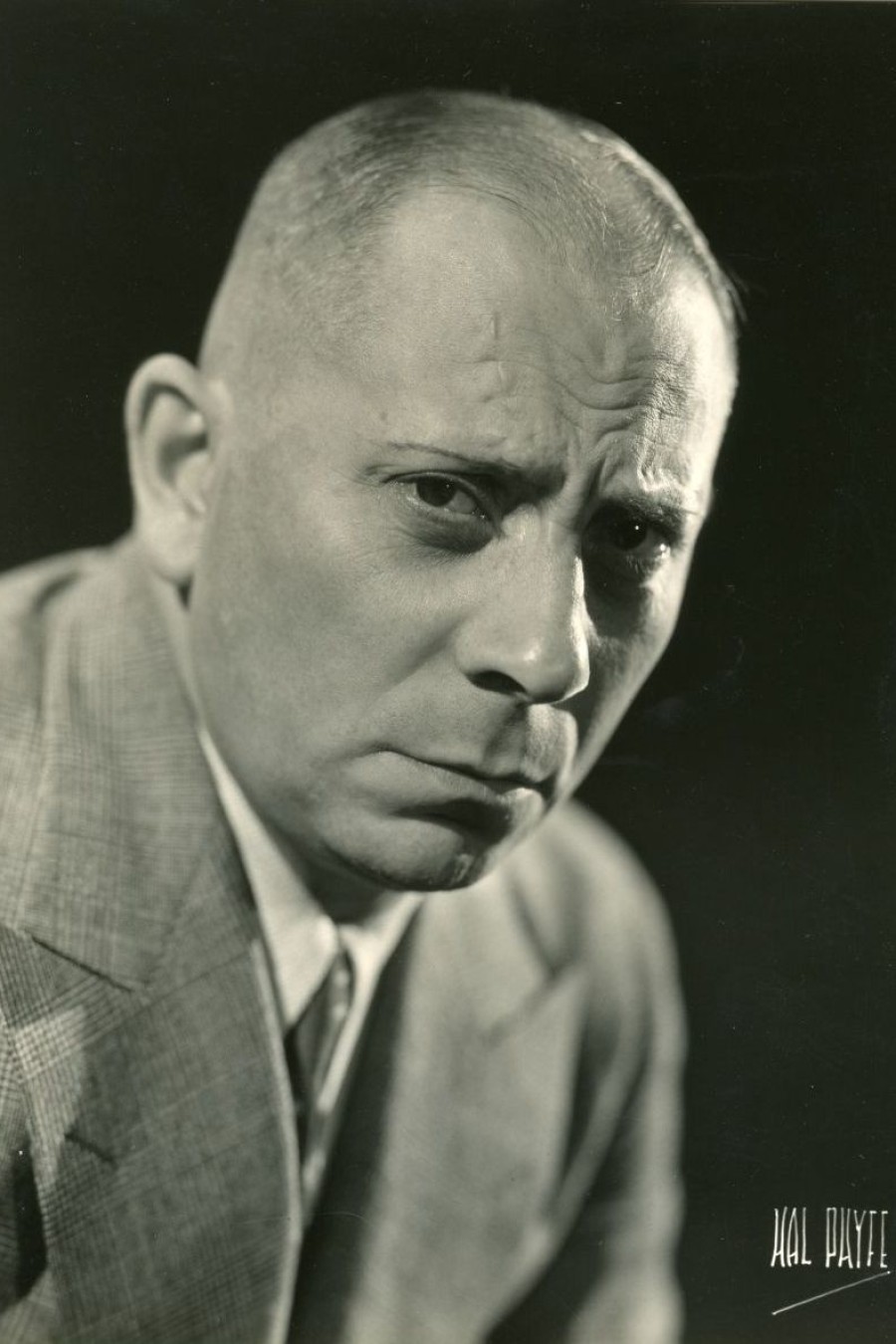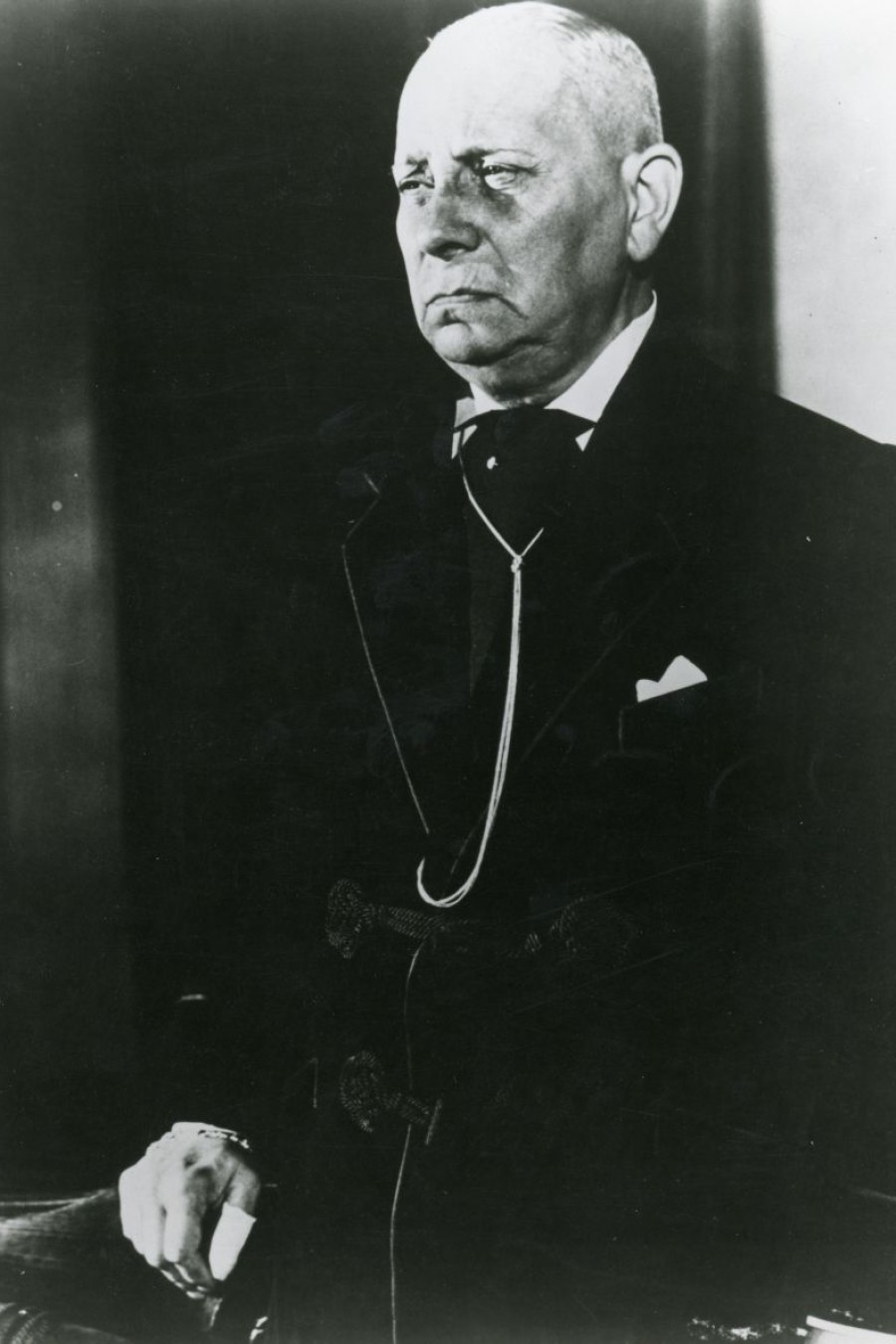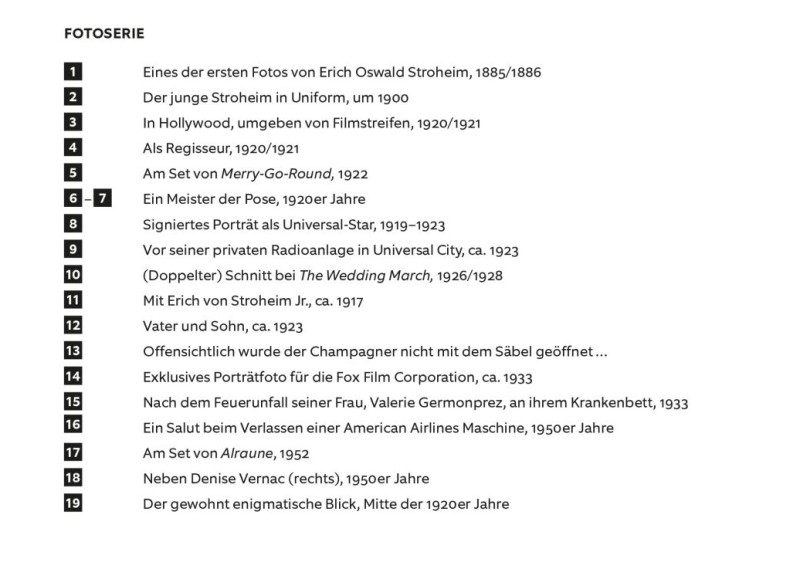March 21, 2023 to March 11, 2024
Peep Show #4
Who Is This Man?
He did not seem to exist beyond his pose. His image always remained a mask, his skin worn on the marketplace for artistic and commercial purposes. Studying him implies trying to get to the bottom of him. Erich Oswald Hans Carl Marie von Stroheim, Graf von Nordenwell, was in fact Erich Oswald Stroheim and he created his biography himself as a model for what he personified onscreen. It feels like both the anticipation of an auteur and at the same time his deconstruction. In Stroheim's case, the death of the author as diagnosed by Roland Barthes is also part of the system since the point was to create a fictional persona. The main question is closer to Michel Foucault's essay What is an Author? In the particular case of Stroheim, the question is: Who is the author?
Text: Paolo Caneppele and Günter Krenn Layout: Gabi Adébisi-Schuster
Text: Paolo Caneppele and Günter Krenn Layout: Gabi Adébisi-Schuster
"I have always told them the truth as I saw it ...
They liked it or they did not like it ...
But it was the truth anyway ... as I saw it ..."
They liked it or they did not like it ...
But it was the truth anyway ... as I saw it ..."
Erich von Stroheim
Von Stroheim, Erich. Real name, Count Erich Oswald Hans Carl Maria Stroheim von Nordenwall. B. Vienna, Austria, Sept. 22, 1885. Brown eyes. Ht. 5 it. 7 in. Ed. Austrian Military Academy. At one time an officer in the army of Franz Josef of Austria. Went to New York, where he worked alternately as dishwasher, ostler, gardener, newspaper man and magazine writer. Screen debut as the Pharisee in Griffith's Intolerance (U.A., 1916). Learnt his early cinema from Griffith.
Clarence Winchester (Hg.), The World Film Encyclopedia. A Universal Screen Guide, 1933
Who is this man? What kind of secretive being is he? No lieutenant out of Schnitzler. No officer. No "von." Definitely not someone "from above" who retaliated against his regular colleagues. To the contrary: someone from below who could not advance upwards; a small Austrian who could not become big in his homeland and got his revenge by immortalizing it! [...] Stroheim's life's work is such a dream, dreamed by somebody who was not admitted to reality; yes, who could not once experience how other people wake up from their dreams.
Anton Kuh, "Der Traum eines österreichischen Reservisten" [The Dream of an Austrian Reservist], 1929
Anton Kuh, "Der Traum eines österreichischen Reservisten" [The Dream of an Austrian Reservist], 1929
He is known simply as "Von," and every kid in Hollywood today knows who "Von" is. Erich von Stroheim was too cumbersome. They tore the "Von" from his name and that's what they fondly called him from then on – just as if they wanted to flaunt the three royal letters on the parvenus' fairground. At the same time, they pronounce the "Von" like "one." And if you ask, still a Hollywood greenhorn: why do you call Stroheim "one"? – then you hear the answer: because each company can only shoot one film with him and afterwards they're broke.
Billy Wilder, "Stroheim, der Mann, den man gerne hasst" [Stroheim, the Man You Love to Hate], 1929
Billy Wilder, "Stroheim, der Mann, den man gerne hasst" [Stroheim, the Man You Love to Hate], 1929
If Balzac and Maupassant could add a "de" without hurting their reputations, then why not Erich Oswald Stroheim, son of the salesman (and felt hat maker) Benno Stroheim from Gleiwitz and Johanna, née Bondy, from Prague, whose birth and circumcision are recorded in the official register of Vienna's Jewish community on September 29, 1885? [...] André Malraux's distinction between "actors" who slip into many roles and "stars upon whom many scripts converge," makes a "star" out of the Stroheim of his own films who later became an "actor," although never in such a way that anyone watching any of his roles could forget: here comes Stroheim.
François Bondy, Zwischen zwei Legenden [Between Two Legends], 1967
François Bondy, Zwischen zwei Legenden [Between Two Legends], 1967
Forgotten by all but a few close friends, by the time of his death von Stroheim lay paralyzed in his bed, forcibly immobilized [...] In this state, he received the Legion of Honor shortly before he died on May 12, 1957. He had worn many decorations in Hollywood, all from the prop department, all awarded by himself. The medals were fake, but von Stroheim convinced us they were real. Now that the final act was finished, his audience awarded him a decoration of his own, a real one. He must have enjoyed the irony.
Richard Koszarski, VON: The Life & Films of Erich von Stroheim, 1983
Richard Koszarski, VON: The Life & Films of Erich von Stroheim, 1983
Despite his artistic sincerity, Stroheim was a fibber incarnate. His autobiography, as reported in interviews and told to biographers, reveals that this supreme realist of the screen was personally unencumbered by facts. Truth rarely interfered with many of his recollections, even in his last years, when it no longer mattered – or perhaps mattered even more. Throughout his career, Stroheim offered several versions of his past.
Arthur Lening, Stroheim, 2000
Arthur Lening, Stroheim, 2000
There would be no life without recollection, and memory is the first thing people destroy when they destroy themselves. Erich von Stroheim is a genius of memory and a genius in recognizing and using cinema as memory. He is everything for and through the camera.
Helmut Färber, "Erich von Stroheim et Maurepas," 1994
Helmut Färber, "Erich von Stroheim et Maurepas," 1994
After talks spanning many years between Director Michael Loebenstein and American film historian Richard Koszarski, in early 2022 the Film Museum acquired Koszarski's important Erich von Stroheim collection. For Stroheim research, it complements the large, partial collections in Los Angeles (Margaret Herrick Library) and Paris (Cinémathèque française).
The Richard Koszarski – Erich von Stroheim Collection will be processed and made accessible in the coming years. Our goal is to present the collection to the public as an online, digitally accessible study collection by late 2024. We also plan to start a sponsoring project to help catalogue the collection and purchase (newly restored) films by Stroheim.
The Richard Koszarski – Erich von Stroheim Collection will be processed and made accessible in the coming years. Our goal is to present the collection to the public as an online, digitally accessible study collection by late 2024. We also plan to start a sponsoring project to help catalogue the collection and purchase (newly restored) films by Stroheim.
Exhibition View



